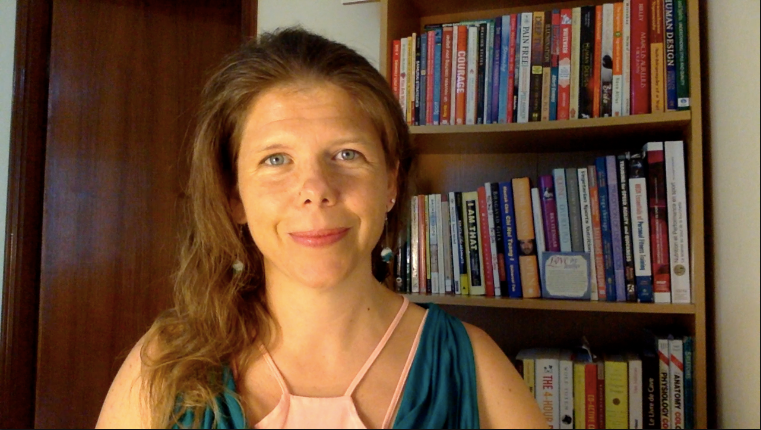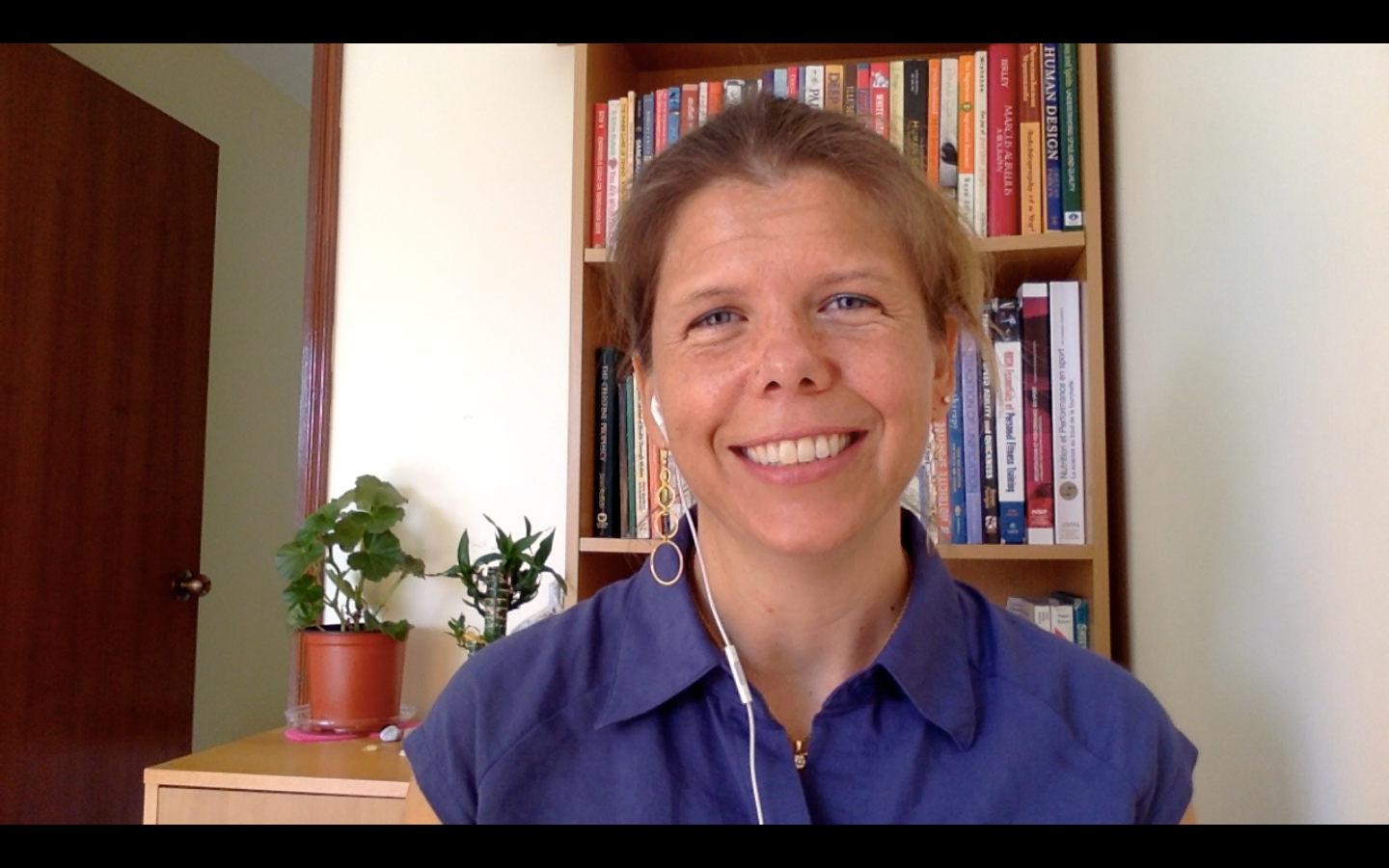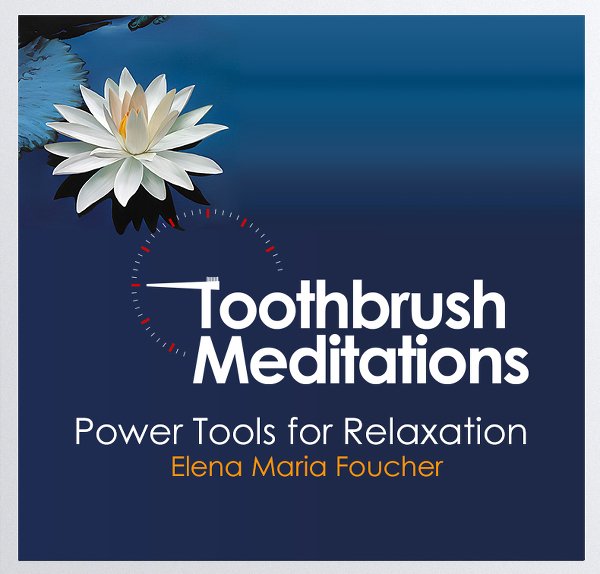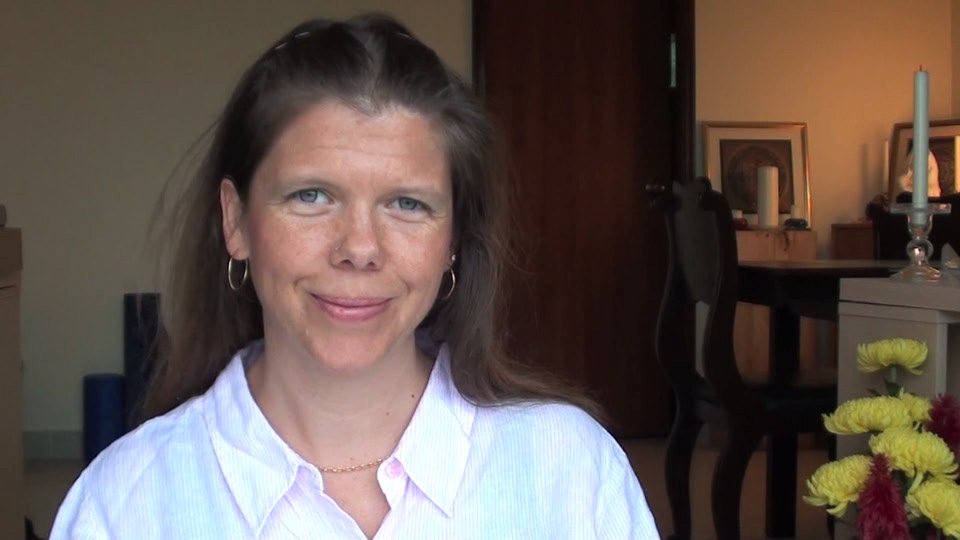
 {This article first appeared here, on CoSozo.com Tues, 1 July 2014.}
{This article first appeared here, on CoSozo.com Tues, 1 July 2014.}Because we go into this mode so often, it can become a habit. We can begin making decisions in this limited state without even realizing it. We can find ourselves unconsciously saying “no” to things without even thinking about them. We might push people away, refuse growth opportunities, get angry or impatient, or feel blame or guilt when none of this is warranted.
Eventually, if we begin to notice that something is awry, and we decide to change this pattern, to break this fear-based habit of saying “no” to life, it’s helpful to understand the difference between acknowledging it, becoming fully conscious of it, and cultivating it, making it bigger, stronger, and more intense. Or as I like to say, noticing versus wallowing.
Acknowledging What’s Already There Isn’t Cultivating
One thing I’ve seen over and over, is that as we’re changing a habit and becoming more aware of it, there is a point where we start to wonder if in becoming conscious of it we’re actually making it worse. This is because as we become aware of it, we start to see how big it really is, and it seems like suddenly we have a big problem where there was none. When we weren’t noticing it, it was not there, and now that we’re noticing it, it’s huge. We wanted the pattern to go away, and now it’s bigger. We begin to wonder if it is the fault of the noticing.
Of course, the pattern was there all along, we just weren’t aware of the full extent of it. Now we are. Becoming aware isn’t the issue. The pattern is the issue, and that can feel daunting.
This is a point to be kind to ourselves, to be patient and to call up our courage and self-compassion. If we choose to go unconscious again we won’t be able to make any changes to our unconscious pattern. If we can stay conscious of it, we can do something about it. If we can be brave enough to face what is happening, to face our pattern, we can change it.
Choosing Patience versus Cultivating
The second place where we often get confused about the difference between acknowledging and cultivating is in how we respond to a pattern as it is happening. We can start by acknowledging the pattern as it is happening, noticing it in order to truly see it, and then start adding to the pattern by feeling bad about it. We shift to making it bigger, stronger, more intense. Now we’re cultivating it. Often we add guilt, shame, blame, anger, impatience, or contraction.
It works something like this:
I notice that I have a fear-based pattern of getting angry when I feel out of control. I don’t like this pattern, so I’m motivated to change it. So far so good.
Then, when I notice that the pattern is happening I get disgusted and say things to myself like, “I can’t believe I’m doing this! This is so stupid! Why is this happening to me?!” Now I’m adding to the pattern by layering on more fear-based thoughts and emotions.
Fortunately, as soon as I see myself saying things like this, I can make a new choice. I can realize that this is the fear talking, this is me continuing the pattern, and instead choose something else like being patient with myself knowing that changing a pattern takes time. With that kind thought, I’ve moved away from making the pattern bigger and back into acknowledging, into noticing what is happening.
Adding to the habit is somewhat inevitable in the beginning, and as long as we see that is what we’re doing, we can choose to notice that too, and patiently shift back to acknowledging. The trick is to realize that turning the fear onto yourself, thinking and feeling fearful things, is part of the pattern. Remember that you aren’t stupid, bad or wrong, terminally contracted, broken, or whatever your pattern throws at you. That is just the pattern talking. Make a firm decision to choose something else, and keep reaffirming that decision as often as the choice comes up.
You are perfect.
The next time that paper tiger is about to pounce, smile at yourself and know that you have the power to change any habit you have. You have the power to choose. Soon, with a little patience, courage, and self-compassion, you and that tiger will be prancing around together singing a resounding “YES”!
Elena offers quick and easy meditations at ToothbrushMeditations.com and welcomes your feedback to this article. Please share your experiences below.
















